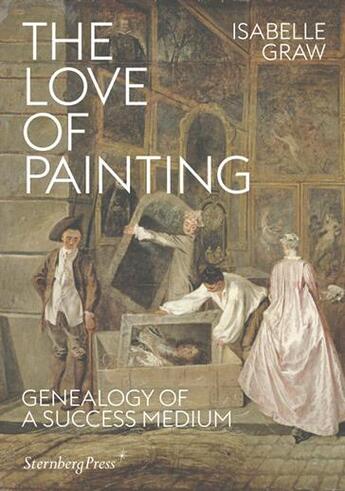Résumé:
Isabelle Graw propose une étude généalogique novatrice sur le succès du médium pictural, en s'appuyant sur les fondements théoriques de la peinture initiés au XIVe siècle. Outre des analyses approfondies sur Édouard Manet, Jutta Koether, Martin Kippenberger, Jana Euler et Marcel Broodthaers,... Voir plus
Isabelle Graw propose une étude généalogique novatrice sur le succès du médium pictural, en s'appuyant sur les fondements théoriques de la peinture initiés au XIVe siècle. Outre des analyses approfondies sur Édouard Manet, Jutta Koether, Martin Kippenberger, Jana Euler et Marcel Broodthaers, l'ouvrage comprend des conversations avec des artistes qui confrontent leur vision avec celle de l'auteure.
« Isabelle Graw's brilliant analysis of the exceptional position of painting in our increasingly digital economy combines a deep respect for the objects of study and those who make them with an impressive range of critical and theoretical insights. Along the way, The Love of Painting never loses sight of the medium's dialectical relationship to the art world, the art market, and society at large. This is a lively, provocative, and persuasively argued book. » Alexander Alberro « It's about time for a book declaring 'the love of painting' to appear, afer the aridity of postmodernism's announcement of painting's demise. Isabelle Graw's argument in favor of this love turns on what she terms 'vitalistic fantasies': the perception of artworks as 'quasi subjects' saturated with the life of their creator. This notion of the work of art as a quasi subject relates directly to the philosopher Stanley Cavell's consideration that 'the possibility of fraudulence, and the experience of fraudulence, is endemic in the experience of contemporary art.' To understand this we must ask: Why do we relate to works of art in the same way we relate to people? The Love of Painting works on this question-and does so with success. » Rosalind E. Krauss
Donner votre avis















